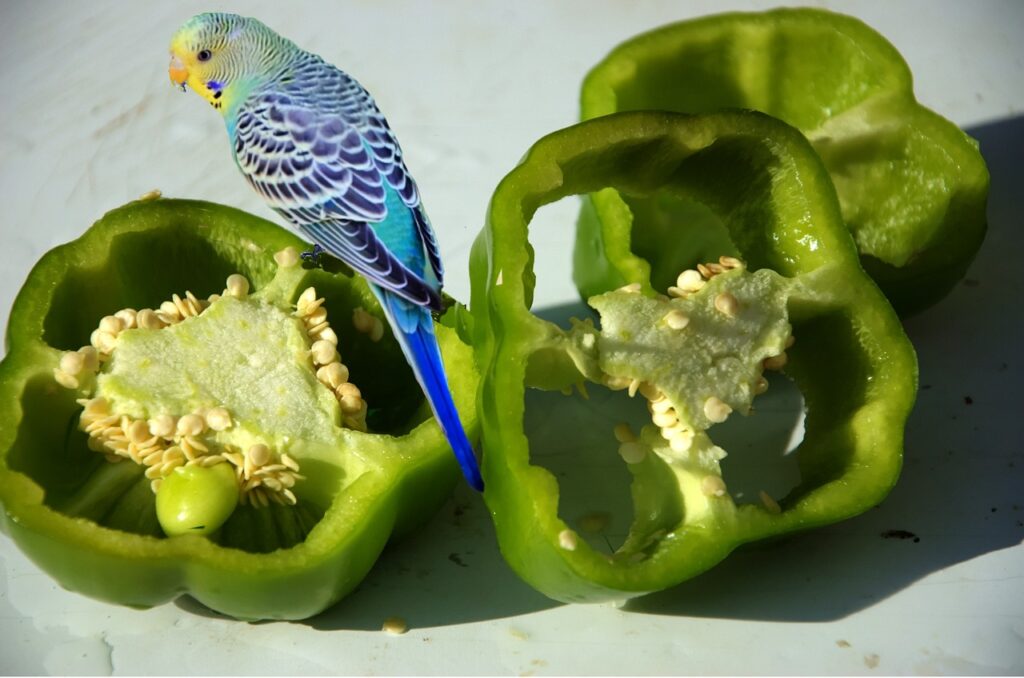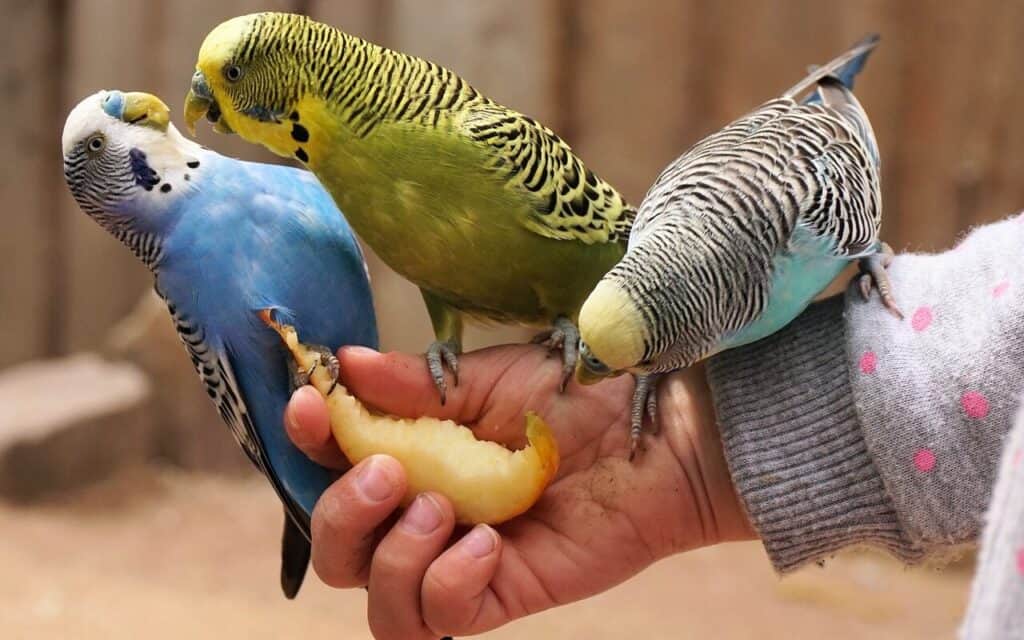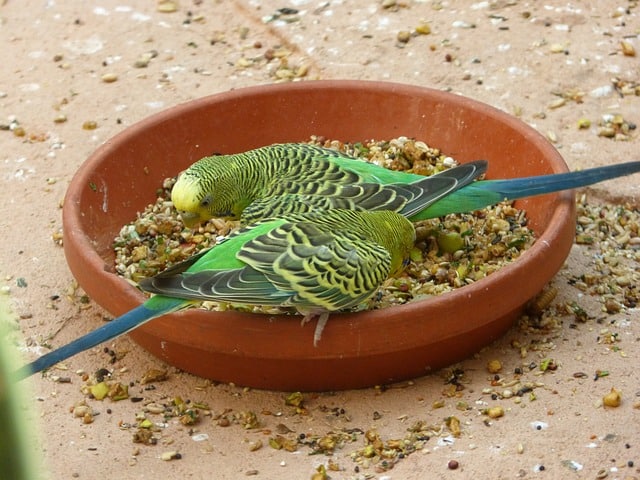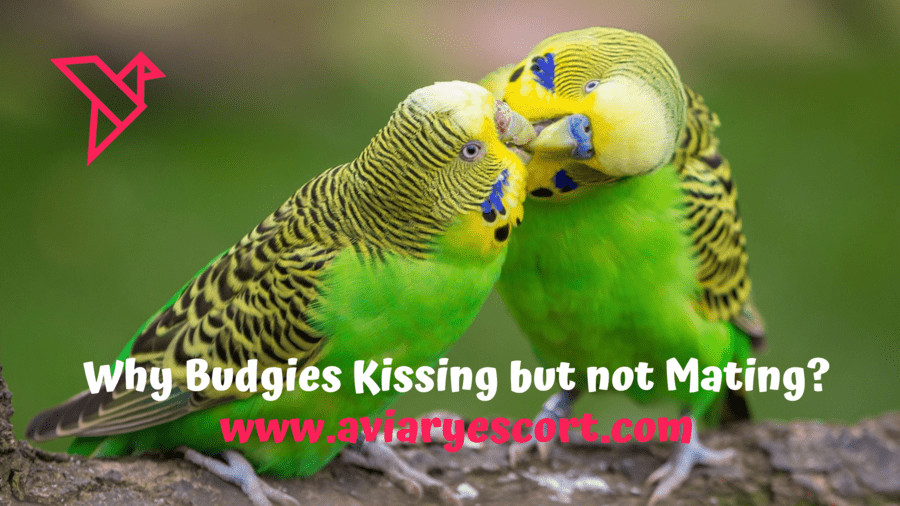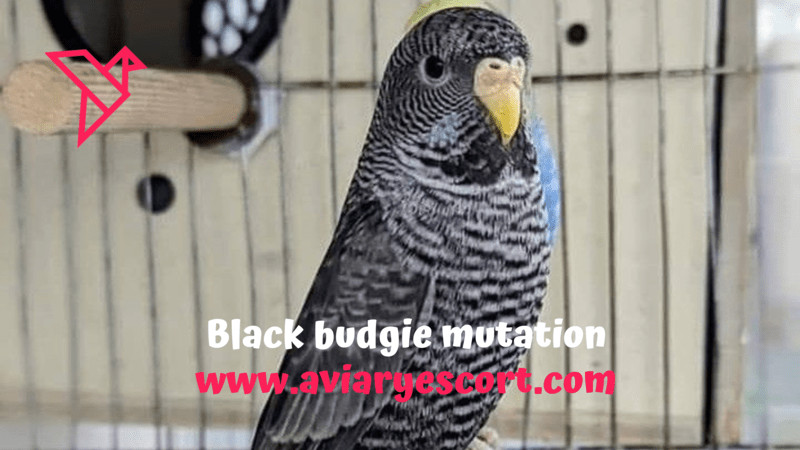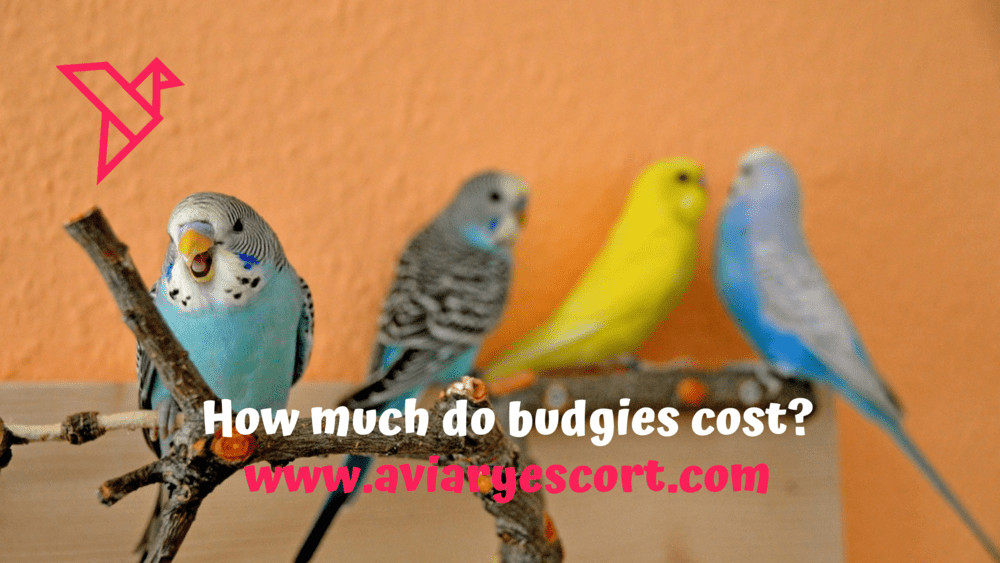Budgies, also known as parakeets, are fascinating and intelligent birds that make wonderful companions. If you are a budgie owner, you may have observed your feathered friend puffing up its feathers from time to time. This behavior is intriguing and can have multiple meanings. In this comprehensive guide, we will delve into the various reasons why budgies puff up and what it signifies. Understanding the behavior of your budgie is crucial for providing optimal care and ensuring their well-being.
The Significance of Puffing Up
1. Temperature Regulation
One of the primary reasons budgies puff up is to regulate their body temperature. By fluffing up their feathers, they create an insulating layer of air that helps them conserve heat in colder temperatures and promote air circulation on hot days. Budgies are highly sensitive to temperature changes, and puffing up is their way of adapting to different environmental conditions.
2. Displaying Contentment
When a budgie is feeling content and secure in its environment, it may puff up its feathers. This behavior is an expression of relaxation and trust. You might notice your budgie perching or grooming while puffing up, which indicates that it feels at ease and is enjoying its surroundings. Content budgies often display vibrant colors and exhibit active behavior alongside the puffing up.
3. Communicating Illness or Discomfort
Puffing up can also be an indication of underlying health issues or discomfort in budgies. When a budgie is unwell, it may conserve energy by puffing up its feathers. This behavior serves as a defense mechanism, protecting the bird and minimizing its vulnerability. If you notice your budgie frequently puffing up accompanied by other symptoms such as a lack of appetite, lethargy, or unusual behavior, it is crucial to seek veterinary attention promptly. Rapid and repetitive puffing up can be a sign of respiratory distress or other serious health problems.
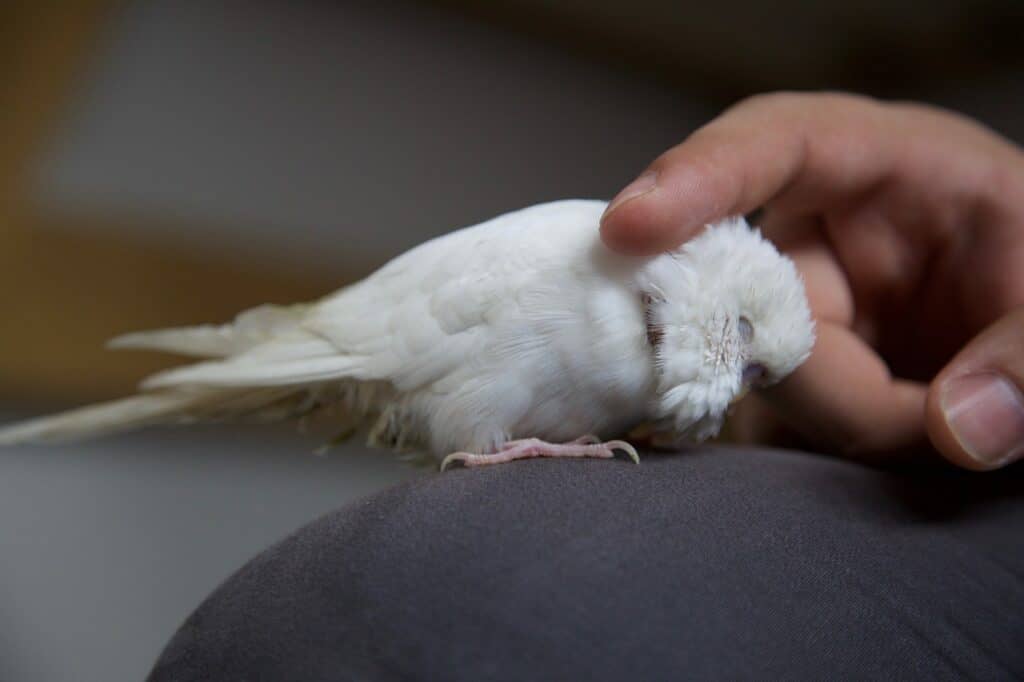
4. Preparing for Sleep
Budgies have a unique sleeping pattern that involves tucking their heads under their wings. Before settling down for sleep, budgies often puff up their feathers to create a cozy and warm environment. This behavior helps them conserve body heat during the night, ensuring a comfortable rest. It is normal for budgies to puff up before bedtime, and you may notice them assuming a relaxed posture while perched.
5. Expressing Fear or Threat
In some situations, budgies may puff up when they feel scared or threatened. By fluffing up their feathers, they appear larger and more intimidating, which can deter potential predators or perceived dangers. Puffing up, in combination with other defensive behaviors such as hissing or crouching, indicates that your budgie is feeling threatened and is trying to protect itself. Creating a calm and secure environment can help alleviate their fear and reduce puffing up due to perceived threats.
6. Showing Excitement
Budgies may puff up their feathers as a reaction to exciting or stimulating events. It can be their way of expressing enthusiasm or anticipation. For example, when you offer them a favorite treat or introduce a new toy, they may puff up momentarily out of excitement. This behavior is typically accompanied by chirping, hopping, or fluttering wings.
7. Molting Process
During the molting process, when budgies shed old feathers and grow new ones, they may puff up more frequently. Molting can be a physically taxing time for budgies, and puffing up helps them cope with the changes happening in their plumage. The new feathers require time to grow and unfold properly, and puffing up assists in their development. You can learn how to clip budgies wings here!
8. Bonding Behavior
Budgies are social birds and engage in bonding behaviors with their flock or human caregivers. Puffing up can be a way for budgies to bond with others, especially during courtship or when they are establishing social connections. It signifies their desire for companionship and acceptance.
9. Signaling Mating Availability
In some cases, female budgies puff up their feathers as a way to signal their readiness to mate. This behavior is often accompanied by other courtship displays such as head-bobbing, regurgitation of food, and singing. Male budgies may also puff up to attract a potential mate and display their vibrant colors and overall health.
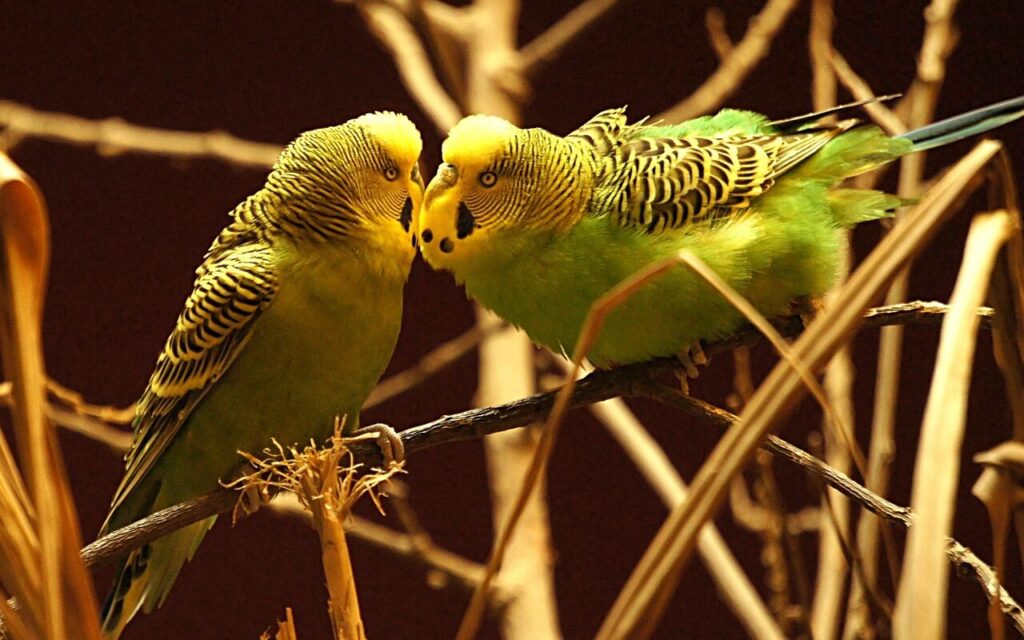
10. Social Hierarchy
Budgies live in flocks and have a well-defined social structure. Puffing up can be a way for budgies to assert dominance or establish their position within a social group. It communicates their status and maintains order within the flock. Dominant budgies may puff up and display confident body language to establish their authority.
11. Illusion of Size
Puffing up makes budgies appear larger than they actually are, which can serve as a deterrent to potential threats or predators. By puffing up, budgies create the illusion of being more formidable and less vulnerable. This behavior is especially common when they feel threatened or encounter unfamiliar situations.
12. Feeling Cold or Chilled
Budgies are native to warm climates, and they are susceptible to feeling cold in cooler environments. If the room or cage is too cold for budgies, they may puff up their feathers to trap air and create insulation against the cold. Puffing up helps them maintain their body temperature and stay warm. Providing a comfortably warm environment for your budgie is essential to prevent excessive puffing up due to cold temperatures. Learn how to protect your budgies in cold weather here!
13. Comfortable Resting Position
When budgies are in a relaxed state, they often puff up their feathers while perching or resting. It helps them find a comfortable posture for relaxation and enables them to unwind. Puffing up during rest is a sign of contentment and indicates that your budgie feels safe and at ease in its surroundings.
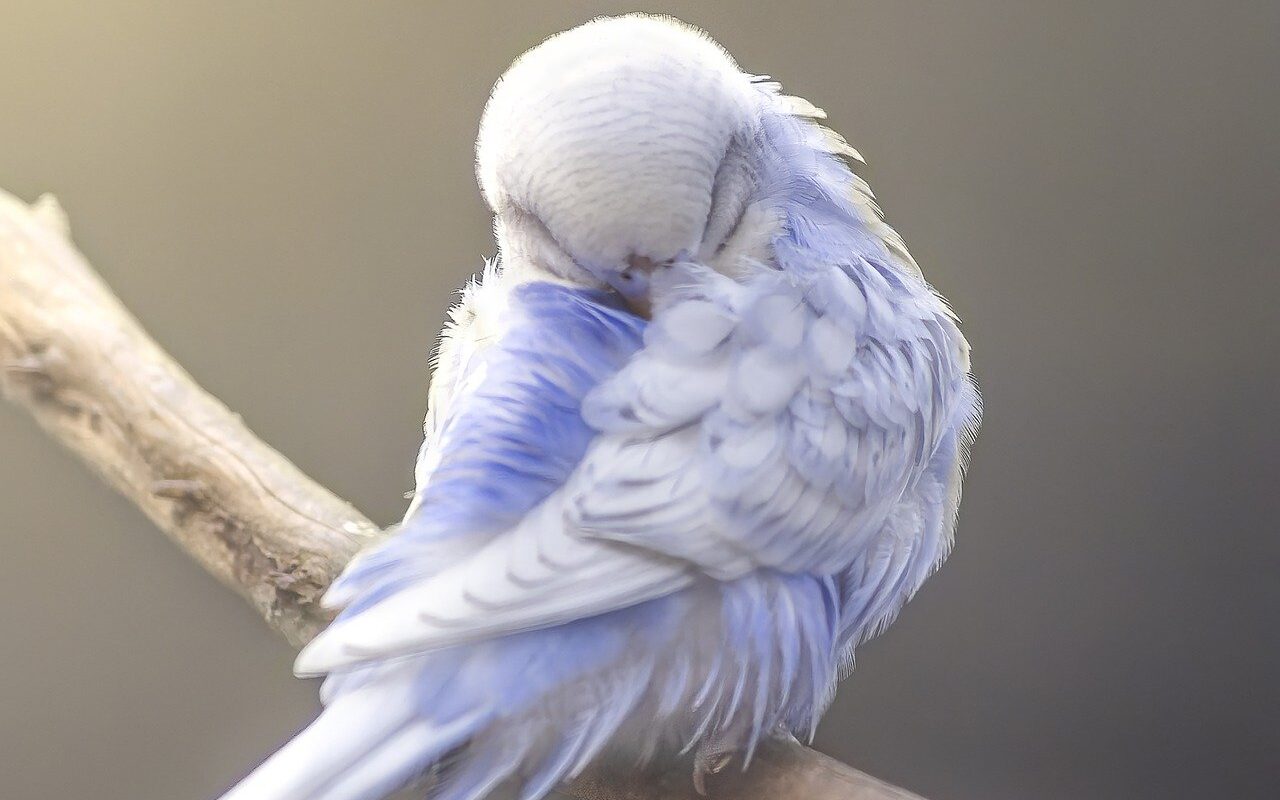
14. Mimicking Flock Behavior
Budgies are highly social birds and observe and mimic the behaviors of their flock members. When they see other budgies puffing up, they may imitate the behavior as a form of social bonding and communication. It fosters a sense of belonging and helps them establish stronger social connections.
15. Expression of Emotions
Budgies are known for their ability to express emotions, and puffing up can be their way of conveying a range of feelings. It can indicate happiness, curiosity, or even irritation. For example, if a budgie is intrigued by a new object or situation, it may puff up as a sign of curiosity. Similarly, if it feels agitated or annoyed, it may puff up in response to the perceived threat or disturbance.
When to Worry about Budgies Puffing
While puffing up is often a normal and natural behavior for budgies, there are certain circumstances when it may indicate a problem. You should be concerned if:
- Your budgie is frequently and persistently puffing up for extended periods.
- Puffing up is accompanied by other concerning symptoms such as loss of appetite, lethargy, difficulty breathing, or abnormal droppings.
- Your budgie’s behavior has changed drastically, and it appears distressed or uncomfortable.
- There are visible signs of injury or physical distress alongside the puffing up, such as wounds, bleeding, or difficulty perching or flying.
If you notice any of these warning signs, it is crucial to consult a qualified avian veterinarian. They can assess your budgie’s health and provide appropriate advice and treatment if necessary. Timely intervention is essential to ensure the well-being and recovery of your budgie.
CONCLUSION
Understanding why budgies puff up is crucial for any budgie owner. Whether it’s for temperature regulation, displaying contentment, attracting a mate, or signaling illness, this behavior provides valuable insights into the well-being and emotions of these delightful birds. By paying attention to their body language and overall behavior, you can better care for your budgie and strengthen the bond you share.
Frequently Asked Questions
Q: How can I tell if my budgie is puffing up due to illness or contentment?
A: Observing other behavioral cues is vital in determining the reason behind your budgie’s puffing up. If your budgie is active, eating well, and engaging in regular social interactions, the puffing up is likely a sign of contentment. However, if your budgie appears weak, exhibits a decreased appetite, or shows other signs of illness, it is advisable to consult a veterinarian for a thorough examination.
Q: Should I be concerned if my budgie is puffing up frequently?
A: Budgies may puff up periodically, which is usually normal behavior. However, if you notice a sudden increase in the frequency of puffing up, especially accompanied by other concerning symptoms, it is crucial to closely monitor your budgie and seek veterinary advice if necessary.
Q: How can I create a comfortable environment for my budgie?
A: Providing a comfortable living environment is essential for the well-being of your budgie. Ensure that its cage is spacious enough for exercise and equipped with perches of varying sizes. Place the cage away from drafts or direct sunlight, as extreme temperatures can affect your budgie’s health. Additionally, maintain a balanced diet, offer fresh water daily, and engage in regular interaction and mental stimulation with your budgie to keep it happy and active.
Q: Can budgies puff up when they are scared?
A: Yes, budgies may puff up their feathers when they feel frightened or threatened. This behavior is an instinctive response to appear larger and more intimidating to potential predators or perceived threats. If your budgie displays signs of fear, try to identify the source of its discomfort and provide reassurance by creating a calm and safe environment.
Q: Are there any specific signs I should look for if my budgie is unwell?
A: Yes, several signs may indicate illness in budgies. These include changes in appetite, weight loss, excessive sneezing, discharge from the eyes or nostrils, labored breathing, and unusual feces. If you notice any of these symptoms or have concerns about your budgie’s health, it is best to seek veterinary assistance promptly.


